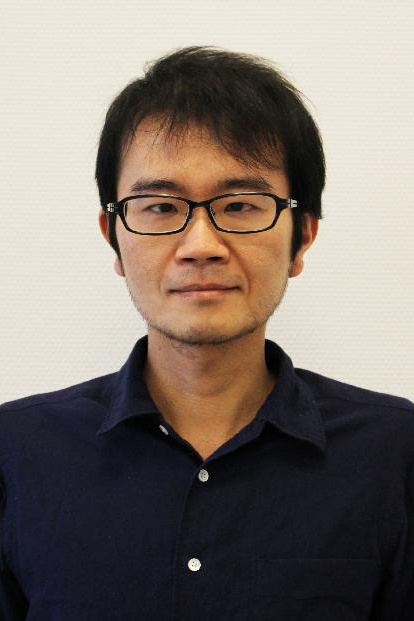The eye registers motion in a hitherto unsuspected way
The Lundbeck Foundation has featured the work of DANDRITE's Yonehara group and their recently published paper in the journal Neuron. The findings were revealed with the help of a “homing” virus, and it is believed that the technique can also be used to study other mammalian senses.

When it comes to registering movement, the visual systems of mammals work quite differently than previously thought by science.
This is the finding of a Danish-Israeli research project which was recently published as an article in the scientific journal Neuron.
The project received funding from the Lundbeck Foundation and was headed by Associate Professor Keisuke Yonehara from the Danish Research Institute of Translational Neuroscience, DANDRITE, at Aarhus University.
Researchers studied animals in the lab, and what they were able to demonstrate ‘fundamentally changes our understanding of mammals’ visual perception of movement. Both when objects in our field of vision are in motion, and when we ourselves are in motion,’ Yonehara explains.
The technique used to make the discovery involved lab mice and a cunning combination of a homing virus and a laser scanning microscope.
Keisuke Yonehara and his colleagues constructed a virus solely able to penetrate specific cells in the retinas of the mice. Here, the virus deposited a fluorescent molecule.
Around three weeks after the animals had received the injection of the homing virus, they were put down. The researchers then removed their eyes and carefully detached the retinas.
These were then studied under a laser scanning microscope, and the researchers were able to see reactions in the retinal cells which had received fluorescent molecules aided by the virus.
Read the full article on the Lundbeck Foundation's website: https://lundbeckfonden.com/en/researchstories/the-eye-registers-motion-in-a-hitherto-unsuspected-way
- This text was taken from an article by the Lundbeck Foundation.